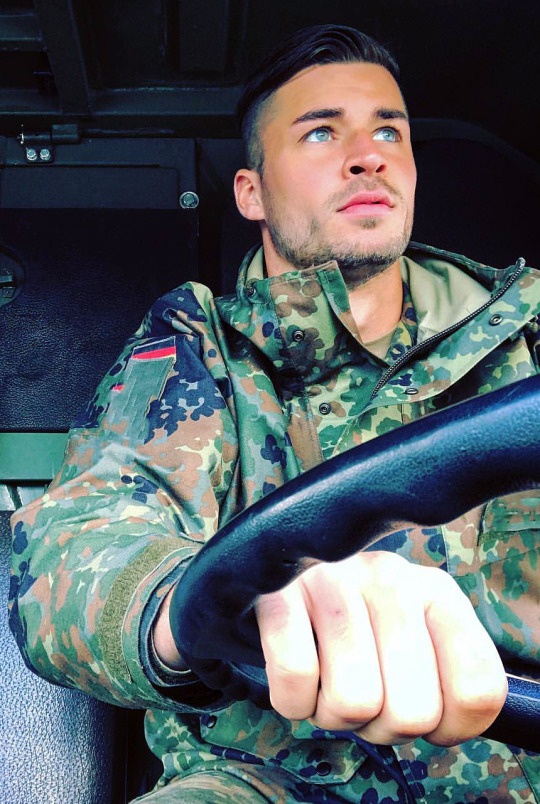#German Army
Text
#reinhard heydrich#germany#allemagne#history#deutschland#ww2 germany#histoire#ww2#world war 2#seconde guerre mondiale#ww2 history#ww2 photo#german soldiers#german army#germania#german soldier#ss#deustchland
37 notes
·
View notes
Text






Panzerkampfwagen PzVI 'Tiger I'
#panzer#panzer vi#tiger i#ww2 germany#german army#german tanks#german soldier#ww2 photo#ww2 history#ww2 tank#reichblr#3rd reich
15 notes
·
View notes
Text
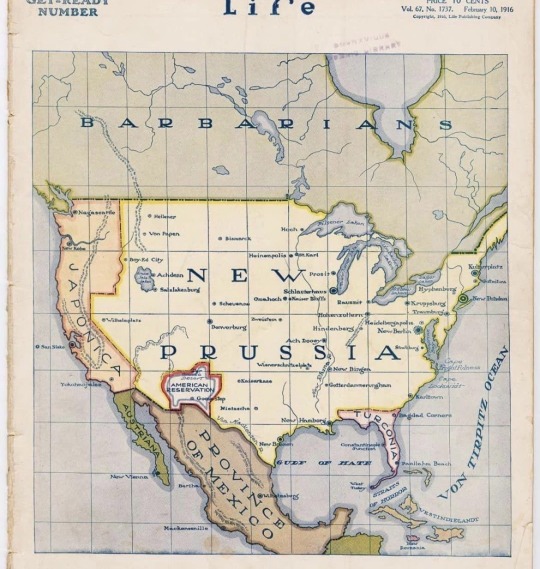
Propaganda made by the allies of WW1 of what could happen to the United States if the Central Powers won.
#world war one#first world war#wwi#canadian history#canada#war history#world war#ww1#world war 1#world history#great war#The First World War#The Great War#1918#1917#1916#1914#1915#germany#german army#historical photos#history#British history#british army#military history#cgwc#remembrance day#canada remembers#november 11
10K notes
·
View notes
Text
Who Wants a Non-Hessian German Troops of the American Revolution Uniform Identification Flow Chart?
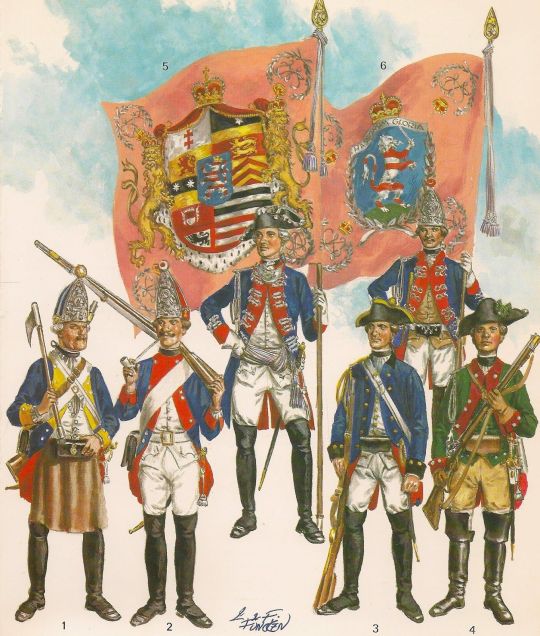
Now you too can roleplay as a harried British staff officer trying to identify which troops are encamped where, or a devious rebel spy collecting intelligence.
As folks may or may not know, only roughly 50% of the German state troops who served the British Crown during the American Revolution were “Hessians” from Hesse-Cassel. There were six other states that provided “subsidy troops.” Here’s how to tell them apart at a glance.
Are their uniforms predominantly dark blue? If yes, go to the paragraph numbered 4. If no, go to the para numbered 2.
2. Are their uniforms predominantly white? If no, go to the para numbered 3. If yes, those are troops from Anhalt-Zerbst. The only German state involved in the war to take its uniform and organisational cues from Austria rather than Prussia, the single Anhalt-Zerbst line regiment deployed to America wore white regimental coats faced with red. Their grenadiers wore bearskins rather than metal-faced caps (the only other German state to do this was Waldeck). One battalion also, according to one shocked British officer, had one of the most outrageous-looking uniforms of the war, including hussar hats, red and yellow waist sashes and red cloaks - these may have been “pandour” irregulars from the edges of the Austrian empire.

3. The coats are neither white nor blue, so they must be red. In this case, the troops are Hanoverian. While still mostly following Prussian style, because they shared a ruler with Britain, Hanoverian troops wore red. Five Hanoverian regiments assisted Britain with vital Mediterranean defence during the American Revolution, before going on to fight in India. They were the only redcoat Germans fighting for the Crown outside the British Army.
4. Your Germans are wearing blue coats. Are the buttons on the coat lapels arranged 1-2-1, and do the cuffs have a “Swedish” style slit to them? If no, go to the para numbered 5. If yes, they’re from Brunswick-Wolfenbüttel. Brunswick provided the most soldiers after Hesse-Cassel, and arguably the most rounded force, with four line regiments, one dragoon regiment, one grenadier battalion and one light infantry battalion. But whether jäger, musketeers or grenadiers, they almost all had coat buttons in groups of 1-2-1 and the slit-style cuffs. Fun fact; the Brunswick crest of a racing white horse on a red field was the same as neighbouring Hanover’s.

5. Your Germans are wearing blue, but don’t have buttons in 1-2-1 and Swedish cuffs. Do they have yellow facings, and cuffs with buttons placed both horizontally and vertically? If no, go to the para numbered 6. If yes, they are from Waldeck. This German state usually provided troops for the Dutch, but raised a new unit, the 3rd English-Waldeck Regiment, for service in America. They mostly fought against the Spanish in the Deep South, where they were decimated by disease. If the unusual position of the buttons on the cuff isn’t enough, look for the belt plate bearing “FF” for “Fuerst Friedrich,” the state’s ruler.
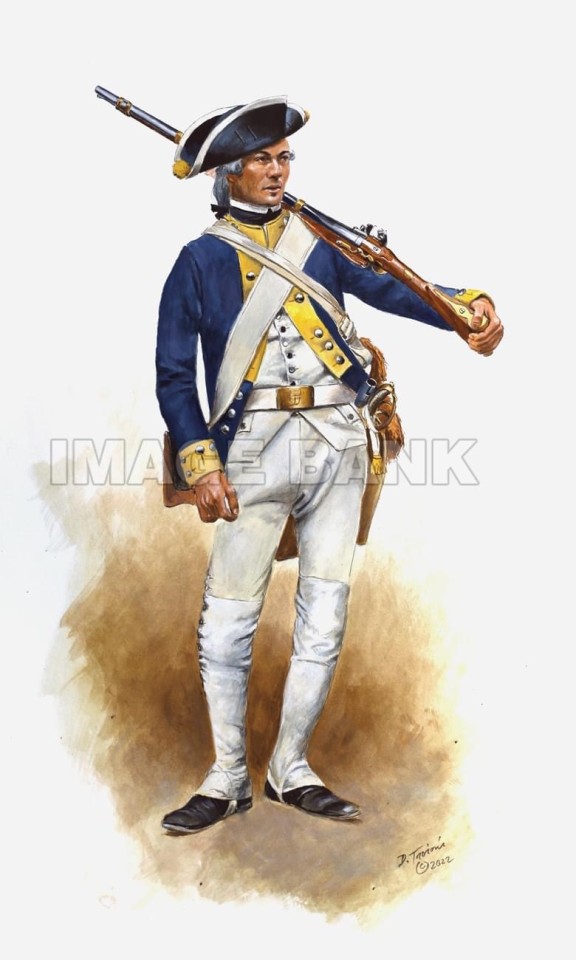
6. Do your blue Germans have red facings, cocked hats and unusual lace on their coats, shaped like a figure-of-eight? If no, go to the para numbered 7. If yes, they’re from Hesse-Hanau. This state was closely related (in the sense of its ruler, literally) to Hesse-Cassel, yet remained independent. While it provided a small amount of artillery, jägers and freikorps light infantry, its main contribution was a single line regiment, Erbprinz. Their distinctive features were scalloped lace on their cocked hats and the figure-of-eight “Brandenburg” style lace. There was also a Hesse-Cassel Regiment Erbprinz (even sharing the same colonel-in-chief), but they were fusiliers with caps rather than the Hesse-Hanau musketeers with their cocked hats. Check the mistake made by this artwork - these are Hesse-Hanau soldiers from the Infanterie Regiment Erbprinz, but they’re wearing Cassel fusilier caps. Bonus fact; Hanau and Cassel’s crest both features a rampant lion with red and white stripes, but there are subtle differences - they face opposite directions, the style of stripes are slightly different, and the Hanau lion lacks the Cassel one’s crown, but does wield a sword.

7. Do your blue-coated Germans have a black eagle on their flags and grenadier cap plates? If no, they’re probably from Hesse-Cassel. If yes, they’re from Ansbach-Bayreuth. This German state consisted of two provinces, Ansbach and Bayreuth (funny that). Besides jägers and some battalion guns, their main contribution was two infantry regiments, one from each of the two provinces. Their ruler’s crest was a black eagle, similar to the Prussian one.

Of course these posts don’t account for the uniforms of the jäger corps, or musicians, or any artillery, but it can serve as a rough guide. For the proper detail, you’ll have to buy my forthcoming book on the topic!
Also would be pretty cool if someone made an actual flow chart out of this, just saying!
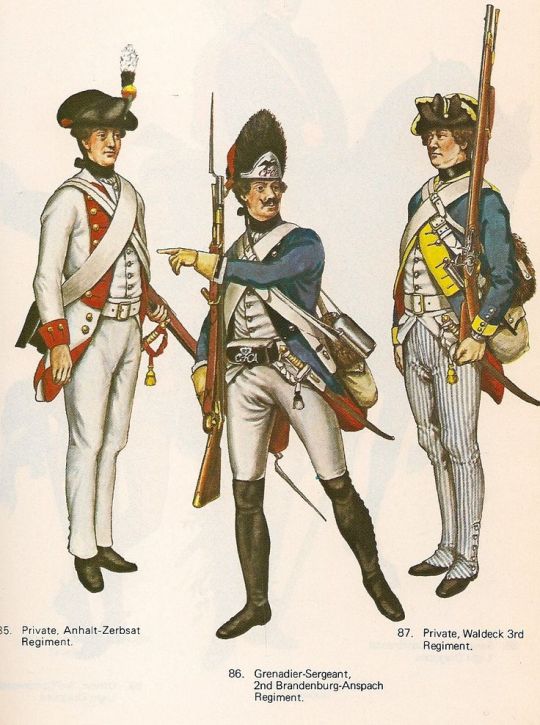
#hessian#hessians#german#germany#german army#german military#18th century#history#military history#american revolution#revwar#american war of independence
344 notes
·
View notes
Text

German soldiers move cautiously through the streets of Caen - France, July 1944
#world war two#ww2#worldwar2photos#history#1940s#ww2 history#wwii#world war 2#ww2history#wwii era#caen#France#1944#wehrmacht#Heer#german army
67 notes
·
View notes
Text

Troupes allemandes du Groupe d'armées Sud – Opération Barbarossa – Ukraine – Eté 1941
#WWII#front est#eastern front#opération barbarossa#operation barbarossa#barbarossa#armée allemande#german army#wehrmacht#heer#ukraine#1941
76 notes
·
View notes
Text

A German artilleryman wearing his gas mask whilst reading in a battery position near Les Boeufs on the Somme, August 1916.
87 notes
·
View notes
Text
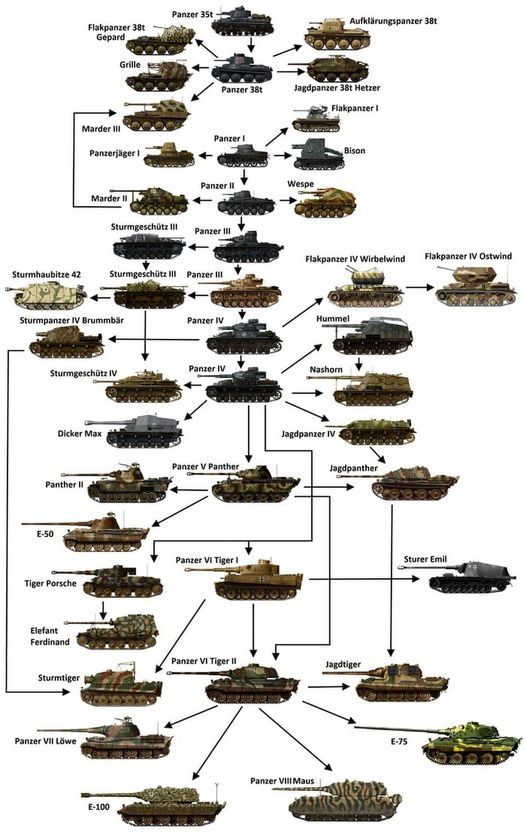
The variations of the Nazi's mechanized Wehrmacht.
17 notes
·
View notes
Text
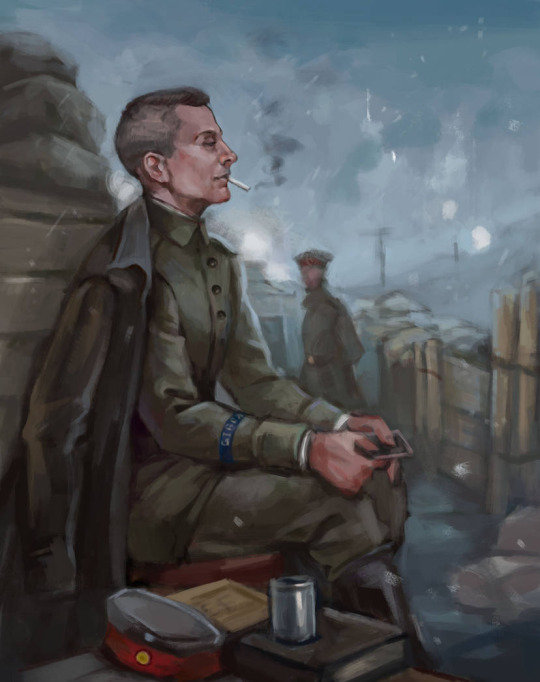
One of favorite writers. His book 'In Stahlgewittern' has still admired me. Story about strength of mind and love of life. Author fought in the WWI and his path between being as soldier to lieutenant and commander impressed
#juenger#junger#jünger#ernst jünger#Germany#soldiers#great war#ww1#history#german army#digital illustration#ww1 art
15 notes
·
View notes
Text
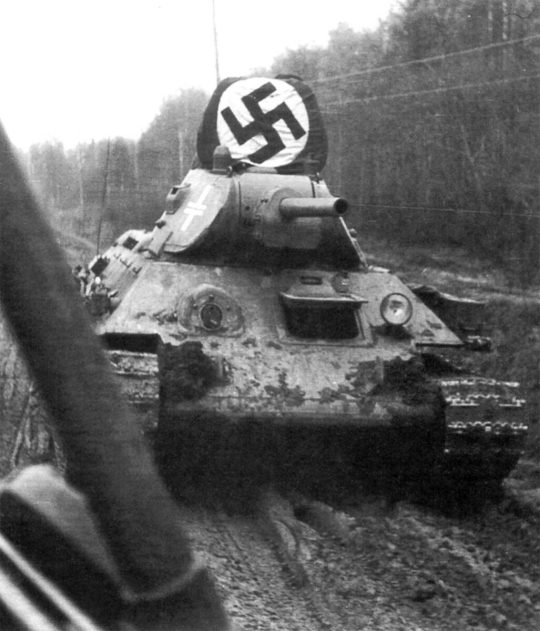
Captured T-34 on a forest road near Moscow, late Autumn 1941. German flags were used to warn Luftwaffe pilots that it was not operated by Russians
11 notes
·
View notes
Text

A German disabled soldier learning how to operate a spade with an artificial arm, probably at a school of training for German disabled soldiers at a Westphalian hospital.
#german#germany#german army#historical photos#world war one#the first world war#the great war#world war 1#wwi#1917#history#canadian history#ww1#war in europe
99 notes
·
View notes
Text

22 notes
·
View notes
Text

A German 77mm field gun provides direct support to attacking infantry - location unknown, 1918. The ‘layer’ (2nd left) can see the intended target, whilst the detachment commander observed the action through binoculars. Note the distinctive bayonet tassel worn by the gunner nearest the camera - its colour would signify the wearer’s battery
126 notes
·
View notes
Text

Mitrailleuse MG 34 du 141st Gebirgsjäger Regiment de la 6e Division de montagne – Guerre de continuation – Péninsule de Kola – Union soviétique – Avril 1942
#WWII#front est#eastern front#guerre de continuation#continuation war#armée allemande#german army#wehrmacht#heer#6e division de montagne#6th mountain division#141st Gebirgsjäger Regiment#armes d'infanterie#infantry weapon#mitrailleuse#maschinengewehr 34#mg 34#péninsule de kola#kola peninsula#union soviétique#soviet union#urss#ussr#04/1942#1942
78 notes
·
View notes
Text
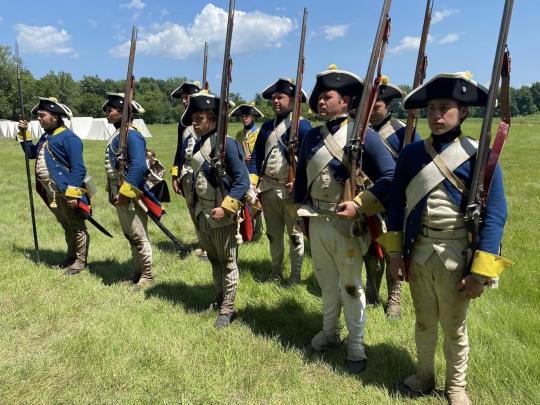
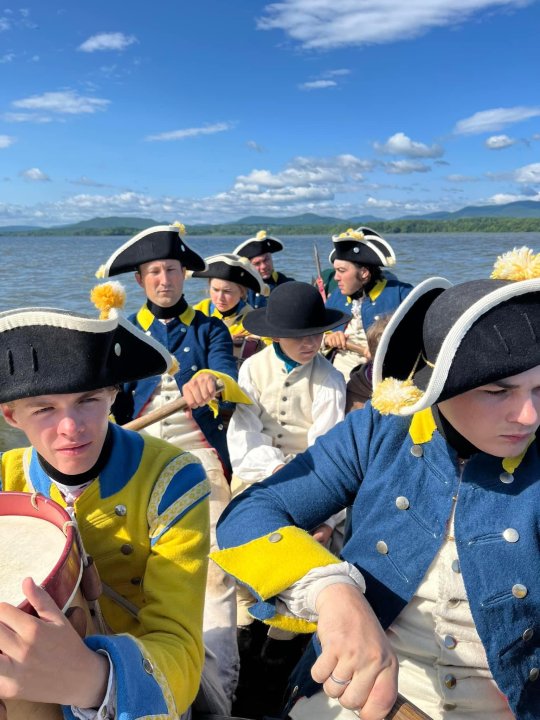

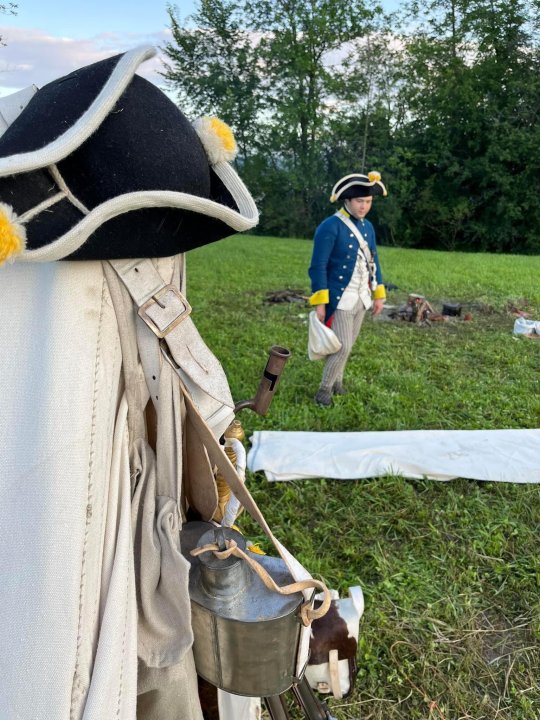
Staff and volunteers at Fort Ticonderoga putting on an excellent impression of the Brunswick Infanterie Regiment Prinz Friedrich, commanded by Lieutenant Colonel Christian Praetorius during the 1777 Saratoga campaign. Uniforms made by L T H Fine Goods.
#history#military history#saratoga#battle of saratoga#brunswick#german#germany#german army#hessian#hessians#american revolution#revwar#american war of independence
34 notes
·
View notes
